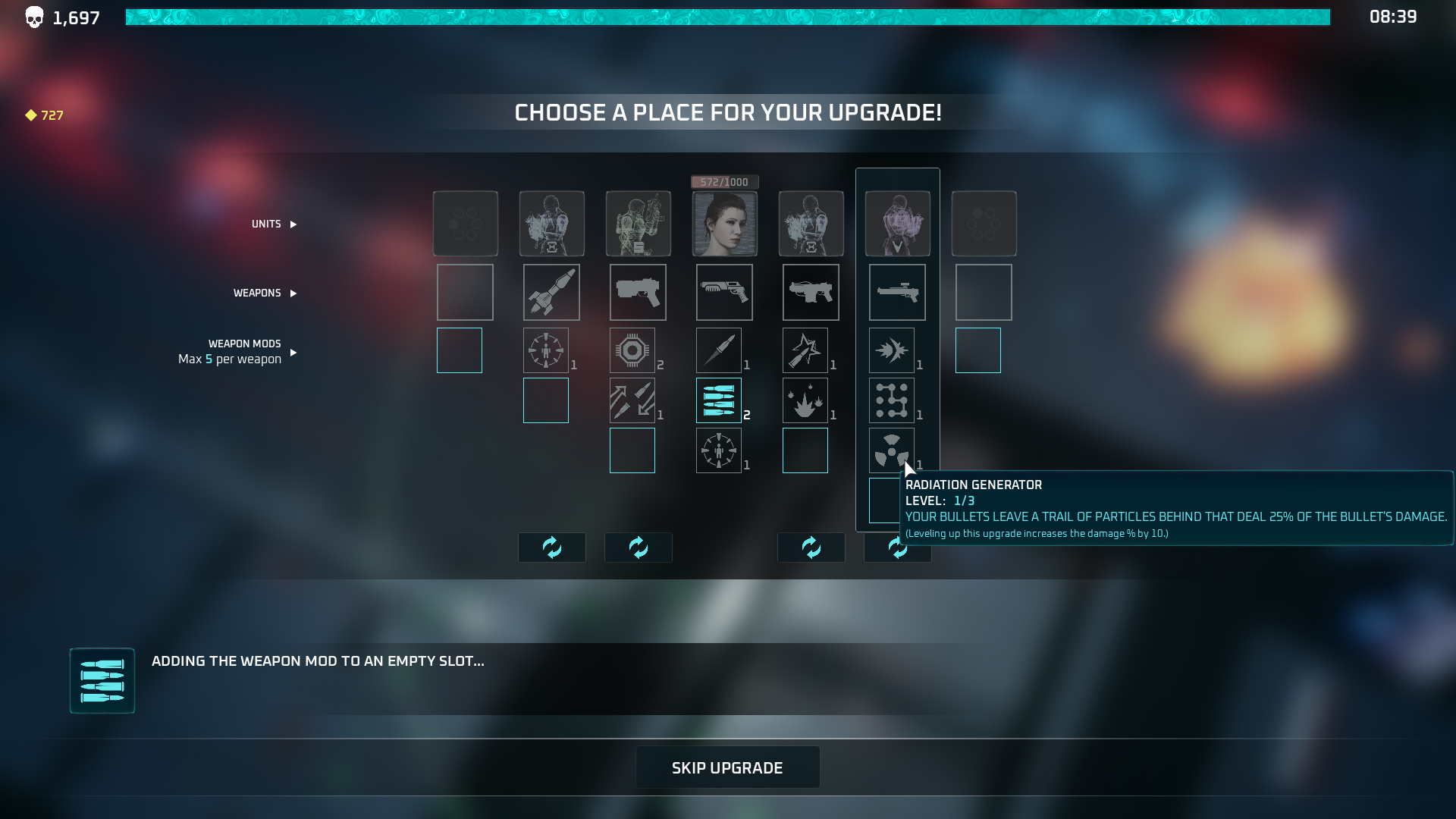
During the next year, articles appearing in other issues also referred to the firm as Minnesota Thresher Co. However, contemporary magazine articles at times referred to it as Minnesota Thresher Co., as Farm Implements & Hardware did in its February 1889 issue: “The Minnesota Thresher Co. Co., and that was certainly the company’s official name. The 1884 company report stated the reorganization name of Minnesota Thresher Mfg. Apparently it was easier to say – and write – three words instead of four when identifying the company.


Co., and the other, Minnesota Thresher Co. The casual observer could be forgiven for thinking that there were now two different Minnesota Thresher companies operating out of Stillwater: one called Minnesota Thresher Mfg. Most early investors reinvested in the new firm. Railroad boxcars were omitted from the plan (although two years later, in 1886, the company still advertised passenger, caboose and freight cars for sale). would produce steam traction engines, horse powers and separators. Later that year, stockholders were informed of reorganization plans.
In 1884, manufacturing output jumped to 170 machinery items sold, including Minnesota Chief threshers and Minnesota Giant “straw-burning engines.” Things seemed to be looking up. & Car Co., possibly to launch a fresh start, as in the previous year the company recorded sale of only “one engine, zero separators and one horse power.” A product line expanded to include railroad cars may have been a last-ditch effort to stay afloat. But it takes capital to build such machines capital composed of brains and energy as well as money to carry out and manufacture that invention produced and this is why the Minnesota Chief (thresher) became a success as a specialty of Seymour, Sabin & Co.”Īt about the same time, the company’s name was changed to Northwestern Mfg. “A thresher must be built that would do all this. An 1879 article in the Independent Farmer noted the need for solid technology: Farmers’ profits depended on getting every kernel of grain. was Seymour, Sabin & Co., manufacturer of agricultural implements, which first contracted for prison labor in 1866 through the influence of U.S. The earliest forerunner of Northwest Thresher Co. They are busily engaged, doing excellent work,” for what would become Northwest Thresher Co.īack to the beginning: Seymour, Sabin & Co. As you go through one room, blue-eyed Bob Younger looks up from his work, and Cole gives you a look like a startled wolf, while Jim hangs his head sullenly. “Here are horse thieves,” reported a writer in the Independent Farmer and Fireside Companion, “petty thieves, forgers, defaulters and murderers, some of whom were once lawyers, doctors, merchants, farmers and mechanics, all filing, fitting, cutting and hammering at the various parts that go to make up the perfect machine.

Visitors to a Stillwater, Minn., “manufactory” where steam engines and threshers were built during the 1880s had to be surprised, if not shocked, by what they saw. And then there’s the way they were built. The Giant and New Giant steam traction engines – among the most noteworthy steam engines built in Minnesota – pack a few surprises.Įarly entrants to the industry, the steam engines were built almost as a sideline by an established manufacturer of threshing equipment.


 0 kommentar(er)
0 kommentar(er)
